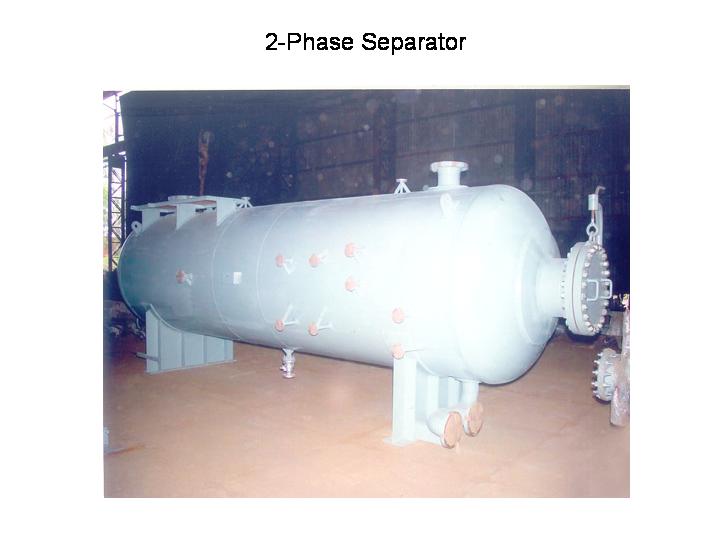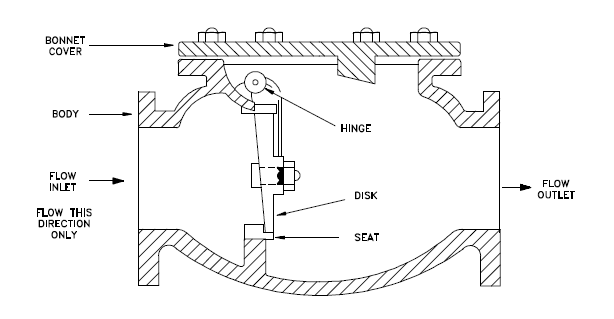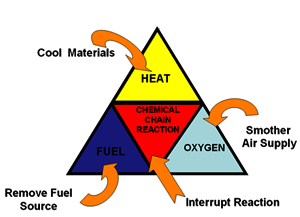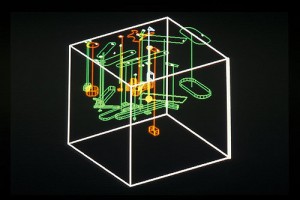Absolute roughness of a pipe
'Absolute Pipe Roughness' (ε) is a measure of pipe wall irregularities of commercial pipes. Other than pipes, absolute roughness is also used for representing the irregularities of other equipment walls, for example, walls of heat exchanger shell.
The absolute roughness has dimensions of length and is usually expressed in millimeter (mm) or feet (ft). For example, the absolute roughness of smooth looking aluminum pipes is around 0.001 mm. Whereas the absolute roughness value for a concrete surface or for a rough concrete pipe can be a more than a millimeter (mm).
When you have rough pipe, or high absolute roughness value, you would expect to have a high frictional pressure drop in the pipe. Absolute roughness does contribute to the frictional head loss. But it is not the only factor.
Rather the ratio of absolute roughness to the pipe diameter (known as relative roughness) is directly responsible for frictional head loss in the pipe.
Relative roughness
'Relative Roughness' or 'Roughness factor' of a pipe is the ratio of absolute roughness to the pipe diameter. Relative roughness factor is often used for pressure drop calculations for pipes and other equipment. The relative roughness factor is an important parameter for determining friction factor based on Reynold's number for flow in a pipe.
Relative roughness = ε/D
Absolute Pipe Roughness is usually defined for a material and can be measured experimentally.
Following table gives typical roughness values in millimeters for commonly used piping materials.
| Surface Material | Absolute Roughness Coefficient - ε in mm |
| Aluminum, Lead | 0.001 - 0.002 |
| Drawn Brass, Drawn Copper | 0.0015 |
| Aluminum, Lead | 0.001 - 0.002 |
| PVC, Plastic Pipes | 0.0015 |
| Fiberglass | 0.005 |
| Stainless steel | 0.015 |
| Steel commercial pipe | 0.045 - 0.09 |
| Stretched steel | 0.015 |
| Weld steel | 0.045 |
| Galvanized steel | 0.15 |
| Rusted steel | 0.15 - 4 |
| Riveted steel | 0.9 - 9 |
| New cast iron | 0.25 - 0.8 |
| Worn cast iron | 0.8 - 1.5 |
| Corroding cast iron | 1.5 - 2.5 |
| Asphalted cast iron | 0.012 |
| Galvanized iron | 0.015 |
| Smoothed cement | 0.3 |
| Ordinary concrete | 0.3 - 3 |
| Well planed wood | 0.18 - 0.9 |
| Ordinary wood | 5 |
Relative roughness calculation
From the definition of relative roughness, this is quite straight forward. Consider the example of 3" PVC pipe.
Absolute roughness for PVC (ε) = 0.0015 mm
Pipe nominal diameter (D) = 3" = 76.2 mm
Relative roughness of 3" PVC pipe = ε/D = 0.0015 / 76.12 = 1.97 × 10-5
Next this relative roughness value can be used to determine the friction factor to be used in Darcy's equation for calculating the pressure drop across a pipe.




